The content of the article
Chemistry - one of the worst nightmares of schoolchildren. Suffice it to mention the periodic table or valence, so that in young hearts a desire to pretend to be asleep awake until the very receipt of the certificate. Newly graduated graduates gladly pass chemistry textbooks to the library and forget about complex formulas and calculations forever. But in vain, because thanks to this science, you can conduct fascinating experiments and create interesting things. For example, crystals from sugar.
Candy Growing Equipment
It is not difficult to turn an ordinary kitchen into a modern laboratory for creating sweets. It will take a few simple items:
- large pan, preferably with a thick bottom and non-stick coating;
- 500 ml of water;
- 700–800 g of sugar;
- thick paper or cardboard;
- glasses, cups or small cans;
- skewers.
Glasses or cans should be transparent, without stickers, so that you can watch the crystal grow. The alternative to skewers is wooden ears. One side, on which the cotton wool is strung, needs to be cut off, and the other left. To grow a large crystal, it is recommended to buy sushi sticks, but then the jar should be chosen with a volume of 2-3 liters.
Important: Cookware designed for boiling syrup and sugar candy production should be perfectly clean. No dust or detergent residue that could ruin the whole experiment.
Step 1: Prepare the skewers
The crystal consists of only one ingredient: sugar, dissolved in water. Solids attract smaller particles that stick to each other and freeze. Sugar floating in water needs a base - a skewer. Or rather, solid crystals of sweetener, which should stick to the stick.
At the first stage you need to cook not too thick syrup. Mix 50 ml of water with two spoons of sugar in a small saucepan. Heat the mixture, preferably at minimum heat, so that the liquid does not become an ugly brown shade.Stir constantly until the sweetener is completely dissolved. Bring to a boil, hold on the stove for 5–10 minutes. Leave the pot and cool slightly, pour the syrup into a saucer.
Put a piece of paper next to the plate, pour a thin layer of sugar on it. Prepare a tray or saucer for skewers, which should be covered with foil, parchment paper or cling film.
Approximately half of the sticks to dip into the syrup, wait until the sweet water flows, and then pour out the wooden base in sugar. Ensure that a layer of the same thickness is obtained. The more evenly the sugar adheres, the more beautiful the crystals will be.
Put skewers on a plate. They should not come into contact with adjacent sticks. Set the billet aside, closer to the battery or other heat source, so that the sugar will freeze faster. It will take a minimum of 12 hours for the skewers to dry completely and the sweetener crystals to adhere securely to the wooden base.
Sugar residues can be used in the second stage. Syrup will have to cook a new one, and add the old one to tea or pour it out.
Step 2: The Basis for the Crystal
You need to try the skewers with your finger: if they seem wet, wait a little longer.Wooden sticks and sugar become dry? It's time to start cooking syrup for homemade candy.
- Place a large saucepan on the stove and turn on the minimum heat.
- Pour 2 cups of water into the container, wait until it is heated.
- When the liquid gets hot, add a glass of sugar. Stir until the sweetener is completely dissolved.
- Pour another 1.5 cups of sugar. Stir until a froth forms on the surface of the syrup, which must be carefully removed with a spoon.
- Immediately rearrange the saucepan on the stand or dip it in a container with cool water.
The syrup at this stage remains liquid and crystallizes easily. If you cook it a little longer, you get a sticky mass, which is more suitable for making jam than for growing candy.
Wait until the syrup is warm. Pour the workpiece into glasses or jars. Fill containers by 3/4 or half. There are enough blanks of 500 ml of water for about 7–8 glasses.
Tip: The saucepan for cooking syrup should be high, because when heated, the mass rises and can "run away", staining the stove and the outer walls of the dish.
Step 3: Fragile construction
Cut from thick sheets of paper or cardboard circles. They should be slightly larger than the neck of a jar or glass. It is not necessary to make them perfectly round, ovals or even squares will do. The main thing is that they completely cover the container with the syrup, protecting it from dust, and be sufficiently rigid.
Punch through the center of the circle the hole into which the skewer is inserted. It is necessary that the wand does not fail and does not move. You can attach a tip or cap to the tip located on the surface of the glass, which will not allow the skewer to fall down under the weight of a growing crystal. To fix the wand will help a long clothespin, which should be carefully placed on top of the paper circle.
Step 4: Observation
Immerse the skewers in glasses of syrup so that they do not touch the walls or the bottom. The cold slows down and stops the crystallization process, so sweet water should not cool down. Glasses with syrup to put next to the battery or in another warm place, preferably away from the sun.
Tanks with crystals can not be moved, raised, twisted around an axis. It is forbidden to remove the skewers until the candy grows to the desired size.One can only observe how small particles stick to a hardened base.
How much lollipop will grow? Depends on the consistency and temperature of the syrup, as well as the ratio of sugar and liquid. Some crystals grow in just a week; others will need 10–12 days.
Quick cooking option
If sugar candy is urgently needed, it is recommended to try another cooking technology:
- Pour the water into the pan, add nothing.
- Bring the liquid to a boil, pour 2–3 lodges of sugar.
- Introduce the sweet ingredient in small portions. Stop when the sugar stops dissolving in the liquid.
- Do not forget to stir the syrup so that it does not stick to the bottom of the pan and burn it.
- Place the pot with the sweet solution aside. It is recommended to prepare two servings of syrup, because one sometimes turns out to be small.
- Sprinkle dry sugar with water and roll up a small ball. Wait until it hardens, and wrap the billet with a thread. Some advise using a hair, but it is very thin and can tear at any time.
- Snap the second end of the thread to a branch or pencil so that the crystal is strictly in the center of the pan.Like a skewer, the sugar billet should not be in contact with the walls or with the bottom of the container.
- Syrup needs warmth. If the sweet solution cools too quickly, the crystal is irregularly shaped.
- You should regularly monitor the level of syrup in the pan, and if it falls, add a new batch.
Candy prepared in this way can be removed for 2-3 days.
Important: You cannot add ordinary sugar to the syrup, which does not dissolve, but simply sinks to the bottom. Only warm, sweet, heat-treated solution.
Colored crystals
Lollipops, for the cultivation of which sugar and water were used, turn out to be white or slightly yellowish. If you want to make a bright shade crystal, add a synthetic or natural dye to the sweet solution.
Red or pink lozenges will be due to beet, cherry or raspberry juice. Blueberries make them blue and saffron or carrot orange. A few drops of spinach juice - and green crystals will grow in the jar.
The yellow candies will be due to lemon zest, the cranberries or red currants will make them scarlet, and the blackberries or red cabbage will make them purple.
Natural dyes can be added to the syrup during cooking, and synthetic food already in the glasses. The sweet solution is mixed with flavors to improve the taste of the crystals. It is forbidden to put dried fruits, chocolate chips and other solid components in glasses, otherwise the experiment will end in failure.
Home-made sugar candies decorate cakes and serve desserts on sticks to tea. Unusual crystals can congratulate a friend on a holiday or even start a business selling creative sweets.
Video: how to make crystals from sugar

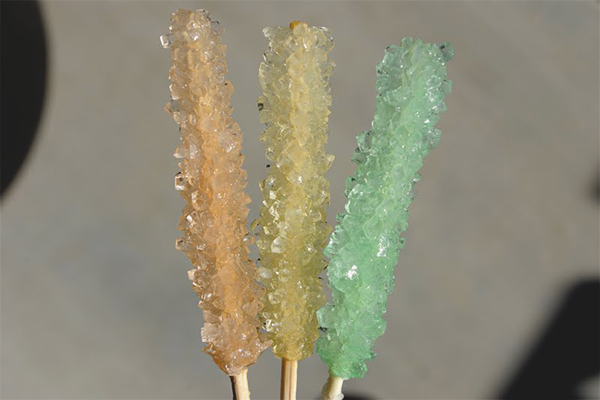
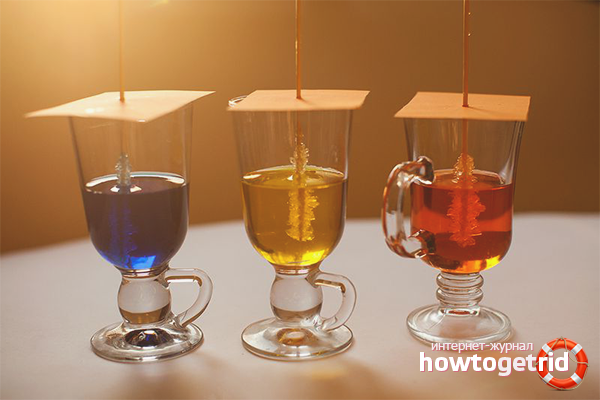
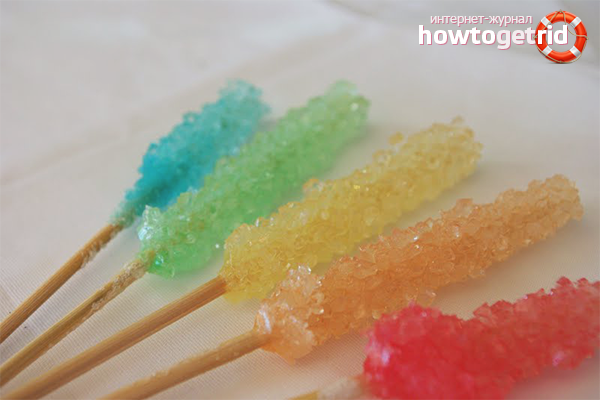

 2 votes, on average: 4,00 out of 5
2 votes, on average: 4,00 out of 5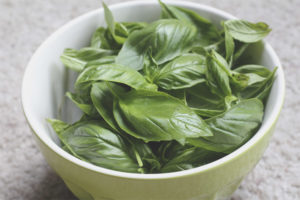

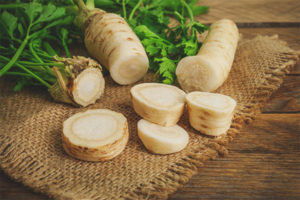
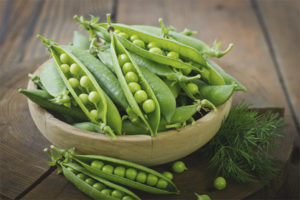
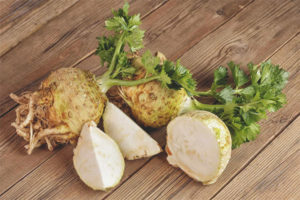
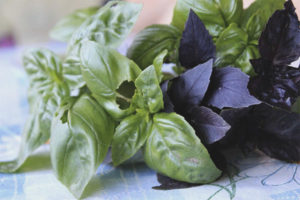
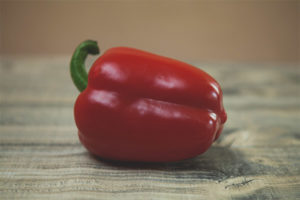
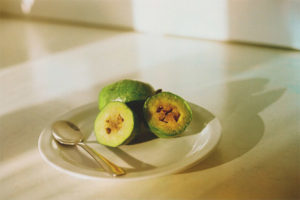
To send